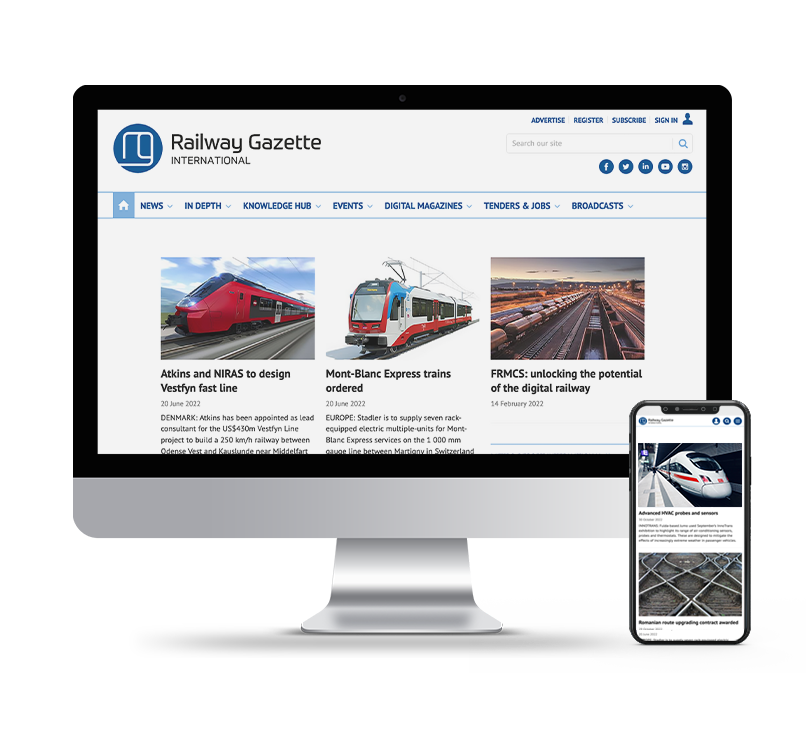Navya plans US production of autonomous shuttles

USA: Keolis Transit America used the APTA Expo in Atlanta on October 8-11 to demonstrate the potential for autonomous bus shuttles to be used for ‘last mile’ public transport in urban and suburban applications.

You have reached your limit of news stories for this month. Register for FREE to read this article and get:
- Increased access to online news coverage from:
- Railway Gazette International covering the global railway industry
- Metro Report International covering the urban transport sector
- Rail Business UK industry news for the British railway market
- Weekly e-mail newsletters covering the sector(s) of your choice
